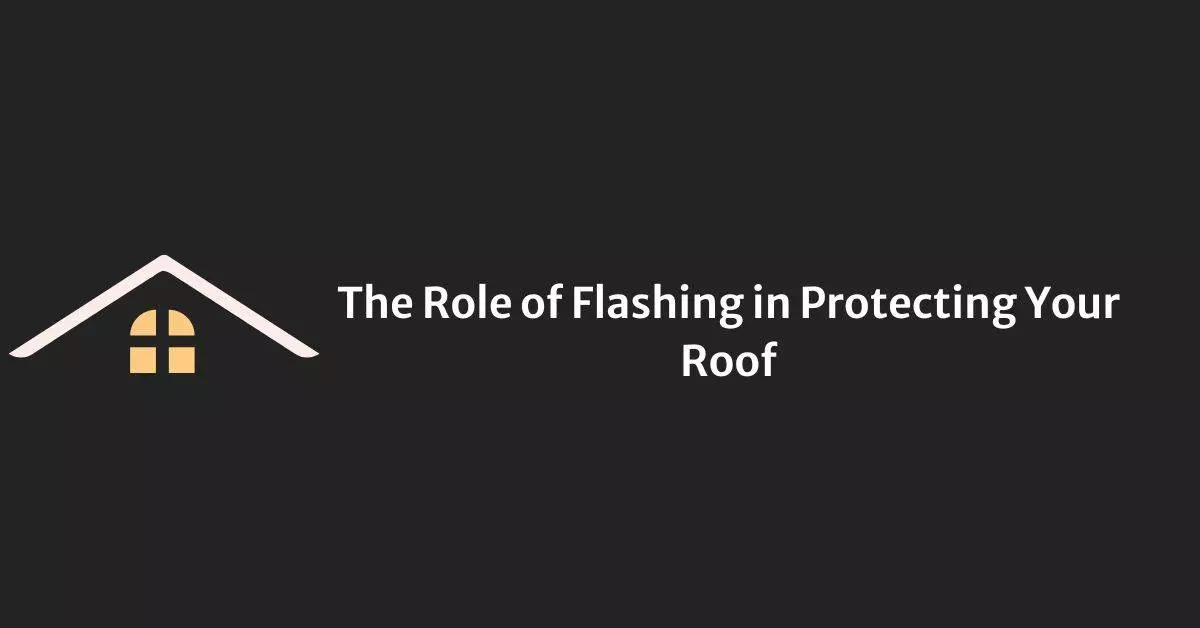
August 10, 2023
The Role of Flashing in Protecting Your Roof
When it comes to maintaining a structurally sound home, your roof plays a pivotal role. It stands as the primary barrier against the elements, ensuring that your home remains safe and dry. While shingles, tiles, or metal panels are the most noticeable components, there’s an unsung hero that plays a critical role in safeguarding your roof against water damage: flashing.
What is Roof Flashing?
Flashing is a thin piece of material, usually made from metal like aluminum or galvanized steel, that is installed to prevent water from seeping into the structure. It’s strategically placed to direct water away from potential entry points, mainly where the roof meets vertical surfaces like walls and chimneys.
Why is Flashing So Crucial?
- Prevents Water Damage: The primary purpose of flashing is to keep water out. Without it, water can easily seep into the roof joints, leading to mold growth, structural damage, and rot.
- Extends the Life of Your Roof: By directing water away and ensuring that the vulnerable areas remain dry, flashing plays a significant role in prolonging the life of your roof.
- Protects Home Interiors: Without effective flashing, rainwater could seep into the attic or down the walls, damaging insulation, creating a perfect environment for mold growth, or even ruining your interior décor.
Common Areas for Roof Flashing
- Valleys: The point where two roof planes meet is known as a valley. Due to the volume of water channeled through these areas, they’re especially susceptible to leaks.
- Chimneys: Chimneys can be a vulnerable point of entry for water. Flashing helps seal these intersections.
- Roof Edges: The edges of a roof can be a hotspot for potential water leakage, especially if your house is in an area prone to heavy rain or wind-driven rain.
- Skylights and Roof Windows: Any installation that cuts into the roof can introduce potential leak points. Proper flashing around these features ensures they remain watertight.
- Roof Penetrations: This includes things like vents, flues, and pipes. Flashing ensures that these necessary features don’t become weak points.
Maintaining Your Roof’s Flashing
Like any other component of your home, flashing requires regular checks and maintenance. It’s essential to:
- Inspect Regularly: At least once a year, inspect your flashing for any signs of damage or corrosion.
- Check after Severe Weather: After heavy storms, snowfall, or wind events, do a quick review to ensure that the flashing hasn’t been damaged or dislodged.
- Replace When Necessary: Over time, flashing can corrode, especially if it’s made of metal. If you notice that the flashing is deteriorating or damaged, it’s best to replace it immediately.
In Conclusion
While shingles and tiles may get all the attention, the flashing is truly what stands between your home and potential water damage. By understanding its role and ensuring it’s kept in good shape, you can help ensure that your roof serves you well for many years to come.
